Purchase Link: Lectronz (Europe) or Tindie (USA)
Crowd Funding - CrowdSupply PocketPD (Withdrawn)
Firmware - GitHub
Demo Video - YouTube
Our current goal for this project is to provide the software as open-source after development and functional testing. Further development for other applications could reuse part of the code. Example applications are custom LiFePO4 or LiPo chargers, reflow ovens, or hotplates.
As the DIY community has grown, there are multiple ways to implement control features like adjusting parameters via Wifi, Bluetooth, or touch screen. We want to keep the design language simple, just physical knobs and buttons to control. This will give the system higher reliability when you need it to work.
Progress update
December 10, 2024
- Going through compliance testing for Europe: RoHS and EMC tests
- Test run some sample from our vendors
November 15, 2024
- Pre-launch on CrowdSupply PocketPD
- New case is completed
August 19, 2024
- Working on new case design to reduce assembly time and product weight.
- Crowd Supply campaign is underway.
- Withdraw from Maker Faire due to high travel cost and market fee at the current product stage. Free up one spot for other makers!
August 10, 2024
- Release firmware V0.9.5. Stable working version.
- Working with Crowd Supply for kick start the product. Reverse posting from Lectronz and Tindie.
- We will hold an exhibit at Maker Faire Bay Area
Oct 19th-20th. Check out our PocketPD entry. We will have many units and product on display and for trade!
July 28, 2024
- Release firmware V0.9. We are still working on other feature in the to_do_list
-
Working prototype version is ready for purchase. (we are working posting on Lectronz and Tindie)
June 19, 2024
- New layout arrived. Component test completed.
- New firmware is underdevelopment
- Presenting at CrowdSupply Teardown 2024, Portland OR - June 23rd (Sunday).
June 13, 2024
- New layout update (check project note)
- New firmware is underdevelopment that will add some menu and finer control of the unit
May 25, 2024
- BetaTester version sold out. Asking for feedbacks.
------------------------------
The open-source software will feature:
- OLED display
- Rotary Encoder with button as input
- Ability to turn on/off output switch
- Read current and voltage from the current sense amplifier
Here is where we are at:
- [x] Rotary encoder implementation for voltage and current knob
- [x] OLED display working. Showing welcome screen, PDOs, and voltage/current data
- [x] Implement course and fine control for voltage knob
- [x] Display mode switch from CC to CV and vice-versa
- [x] Current limit mode
- [x] Correctly display current reading (calibration)
- [x] Testing current limit mode with different PPS supplies.
- [x] Work with non-PPS power supply by tapping into PDOs
Hardware specification:
- Input/Output voltage: 3.3V - 20.5V
- Max output current: 3A for BETAUSER, 5A for RELEASED PROTOTYPE
- Input protection: ESD protection
- Output protection: ESD protection, flyback diode protection, reverse current protection
Design iteration:

First nicely designed prototype!!
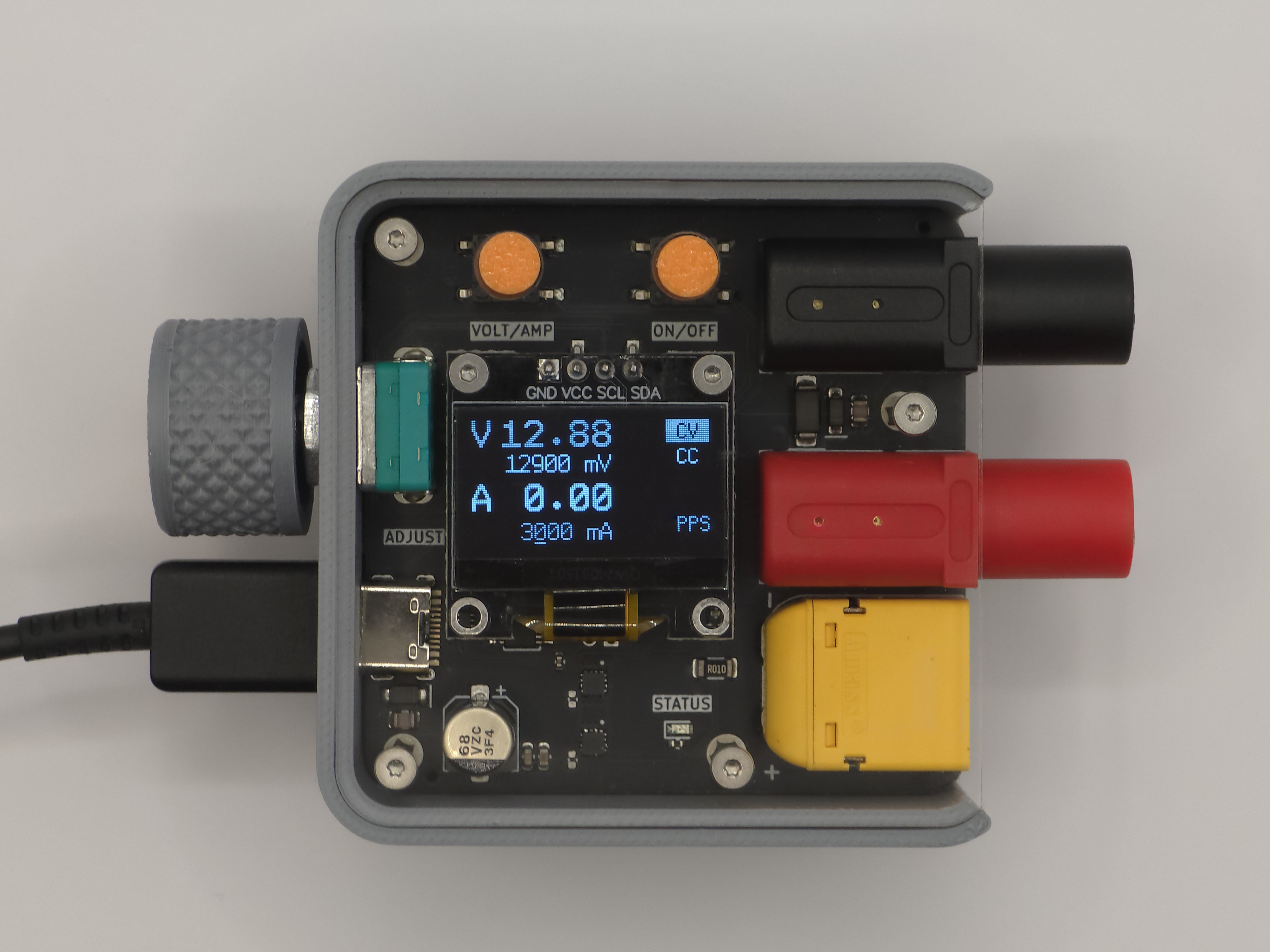
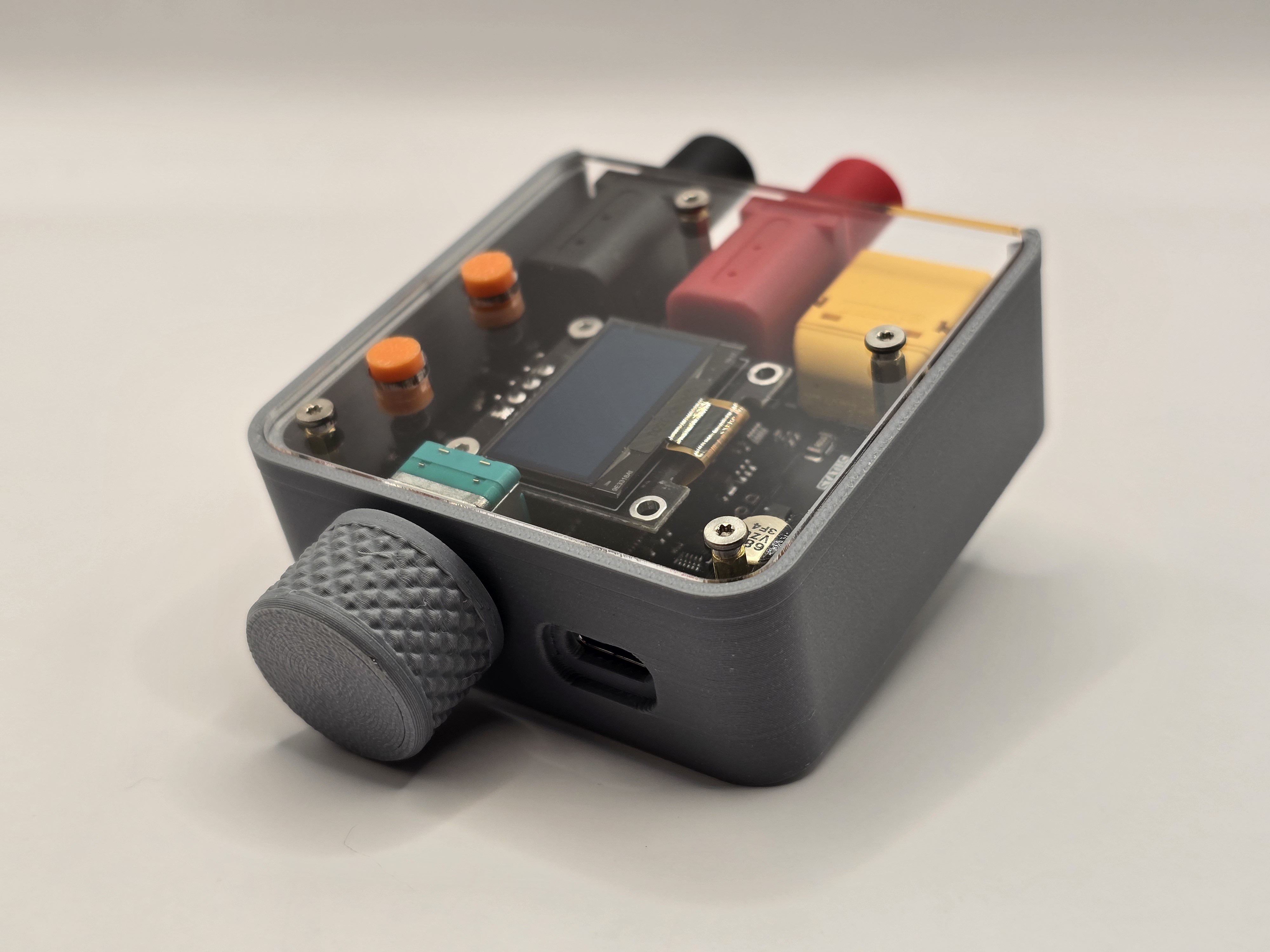
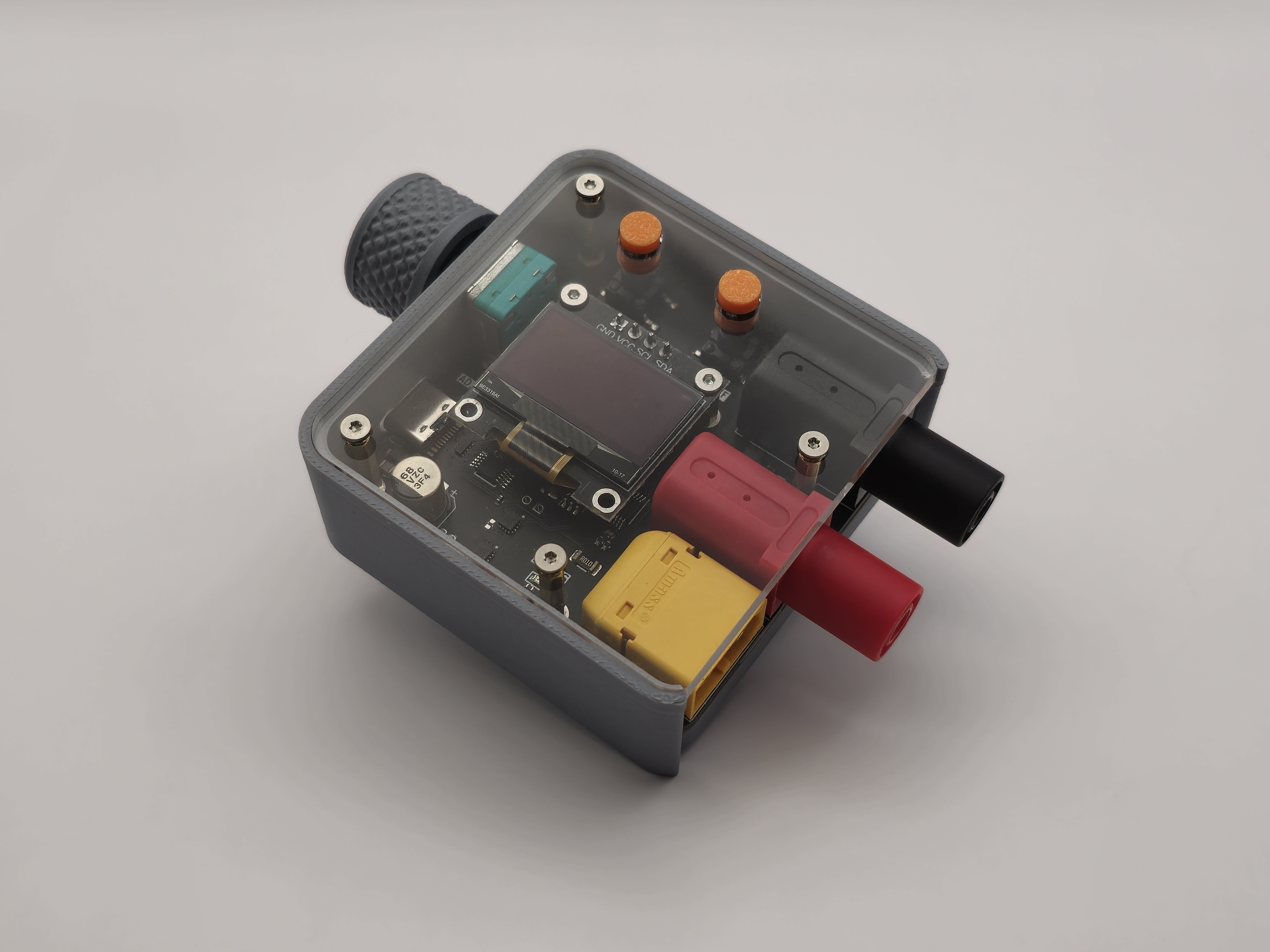
Photo from our Beta testers
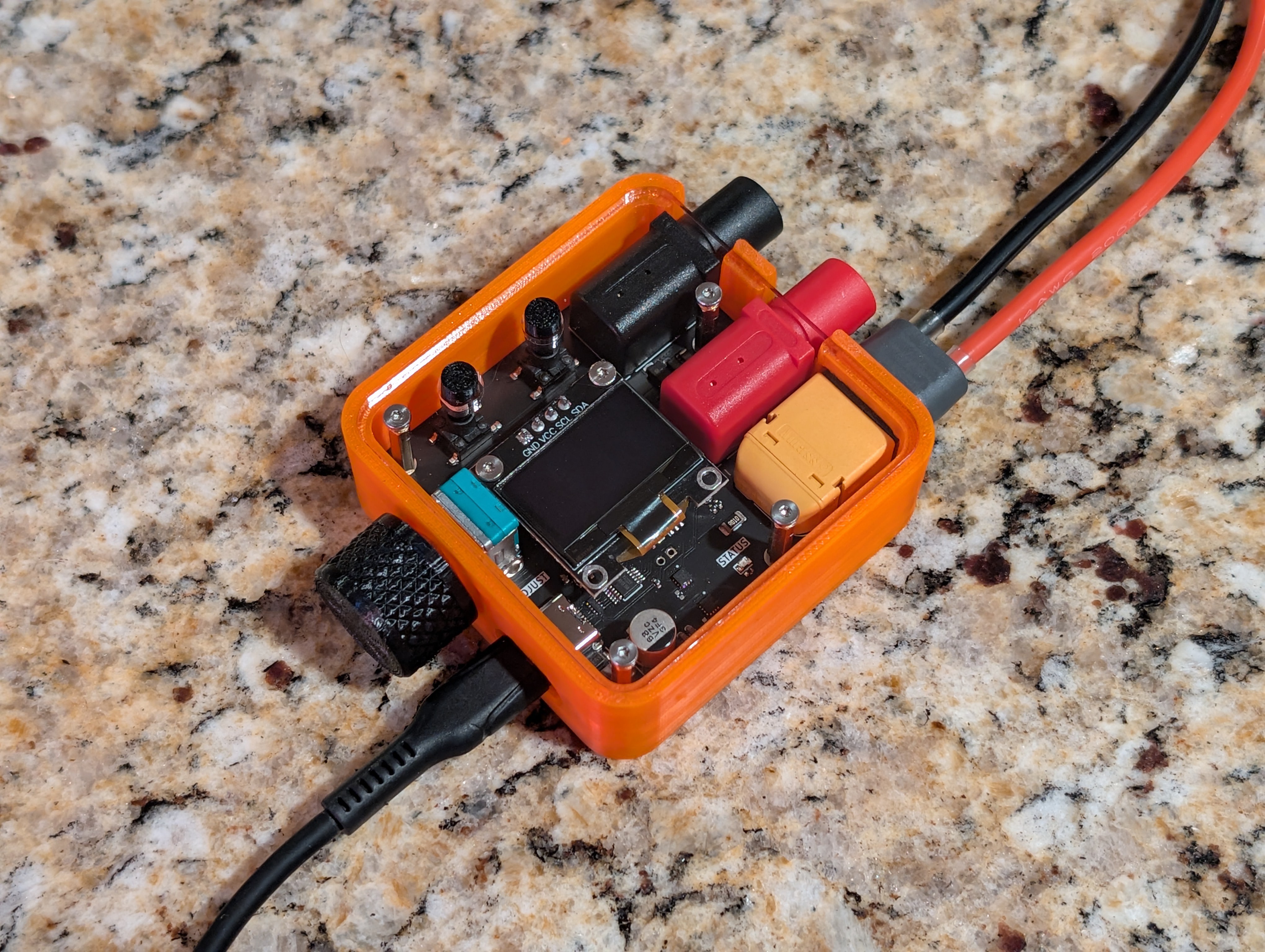
Credit: Drew from TechGuyDrew
 CentyLab
CentyLab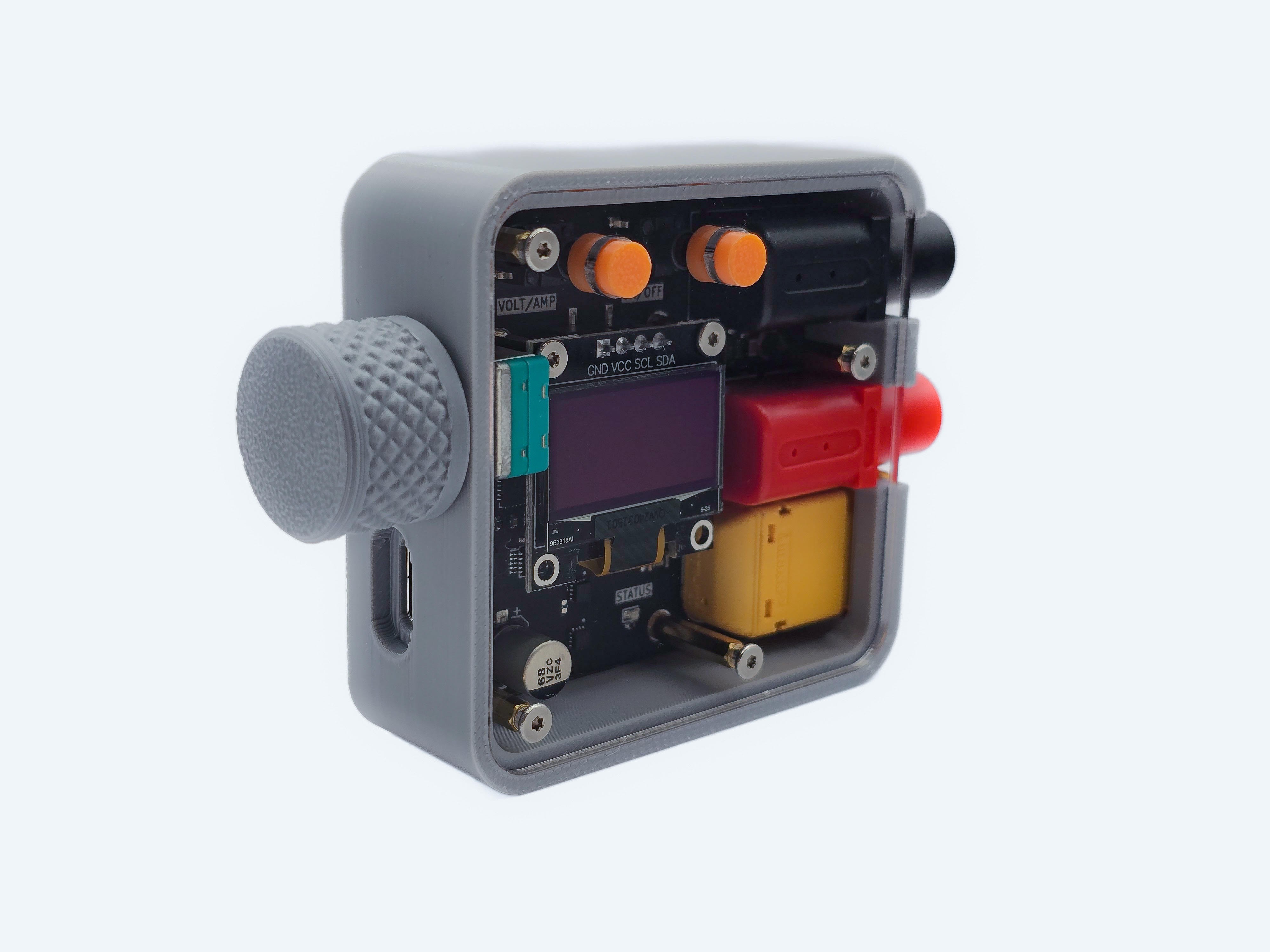
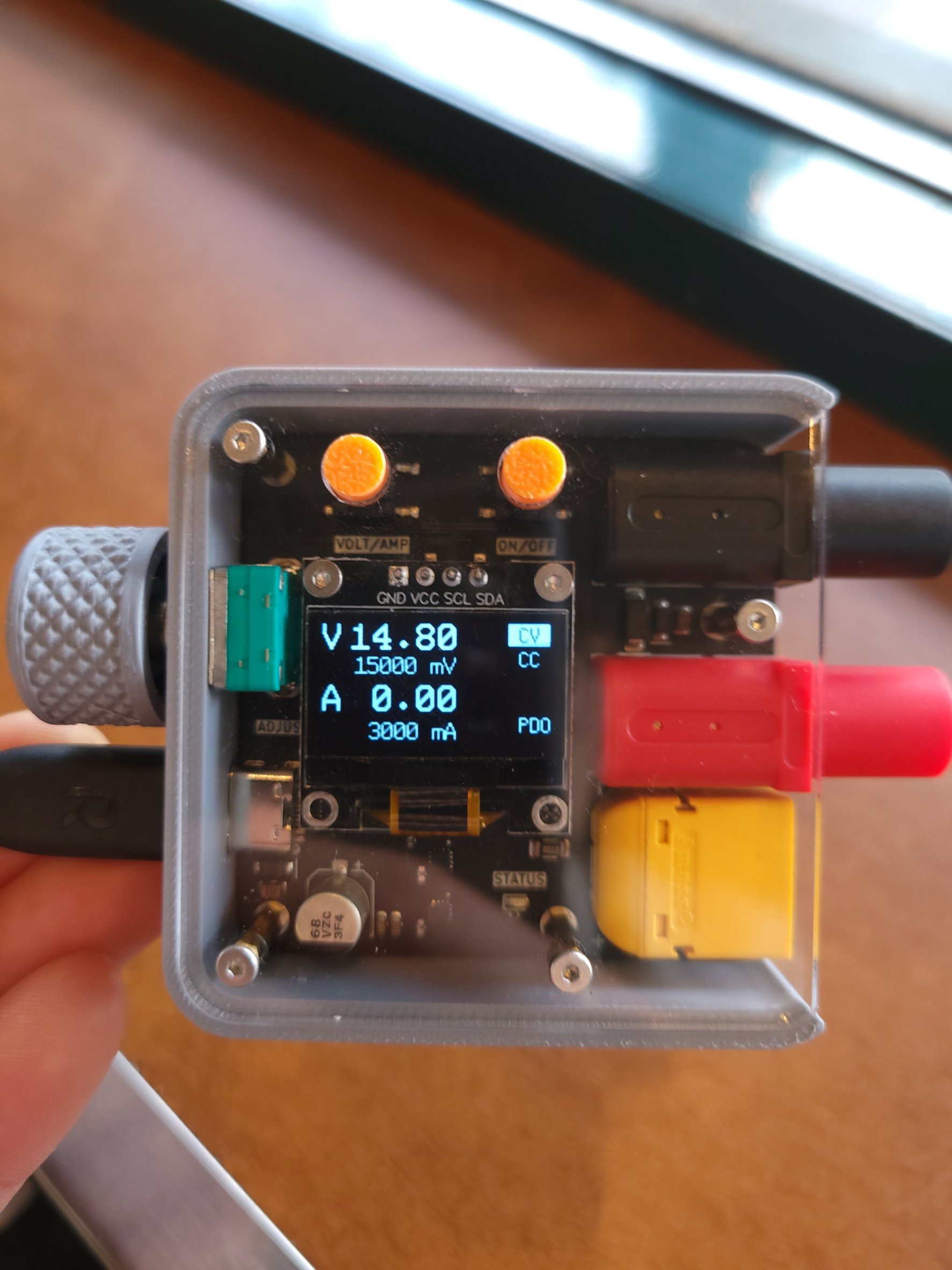
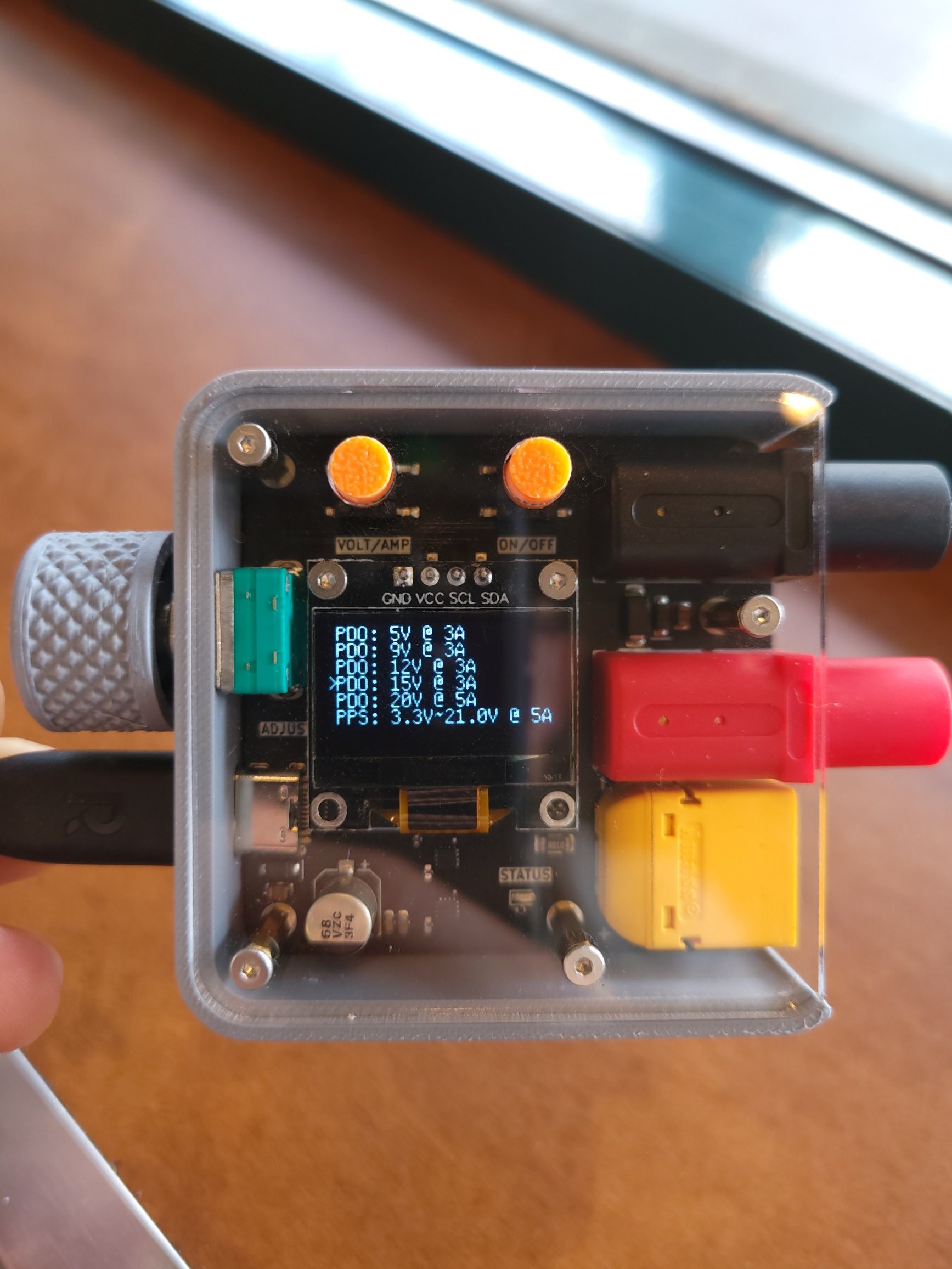
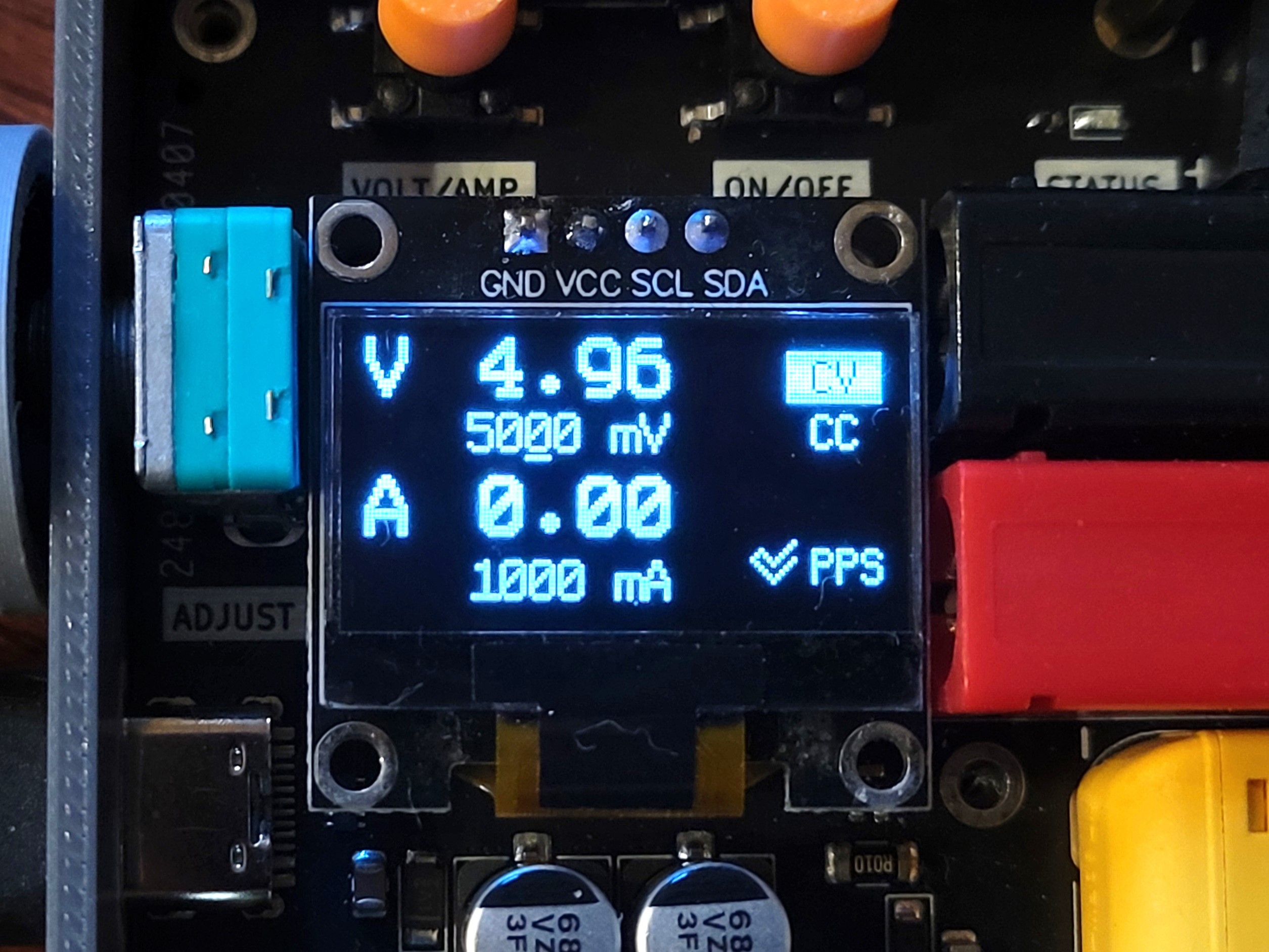
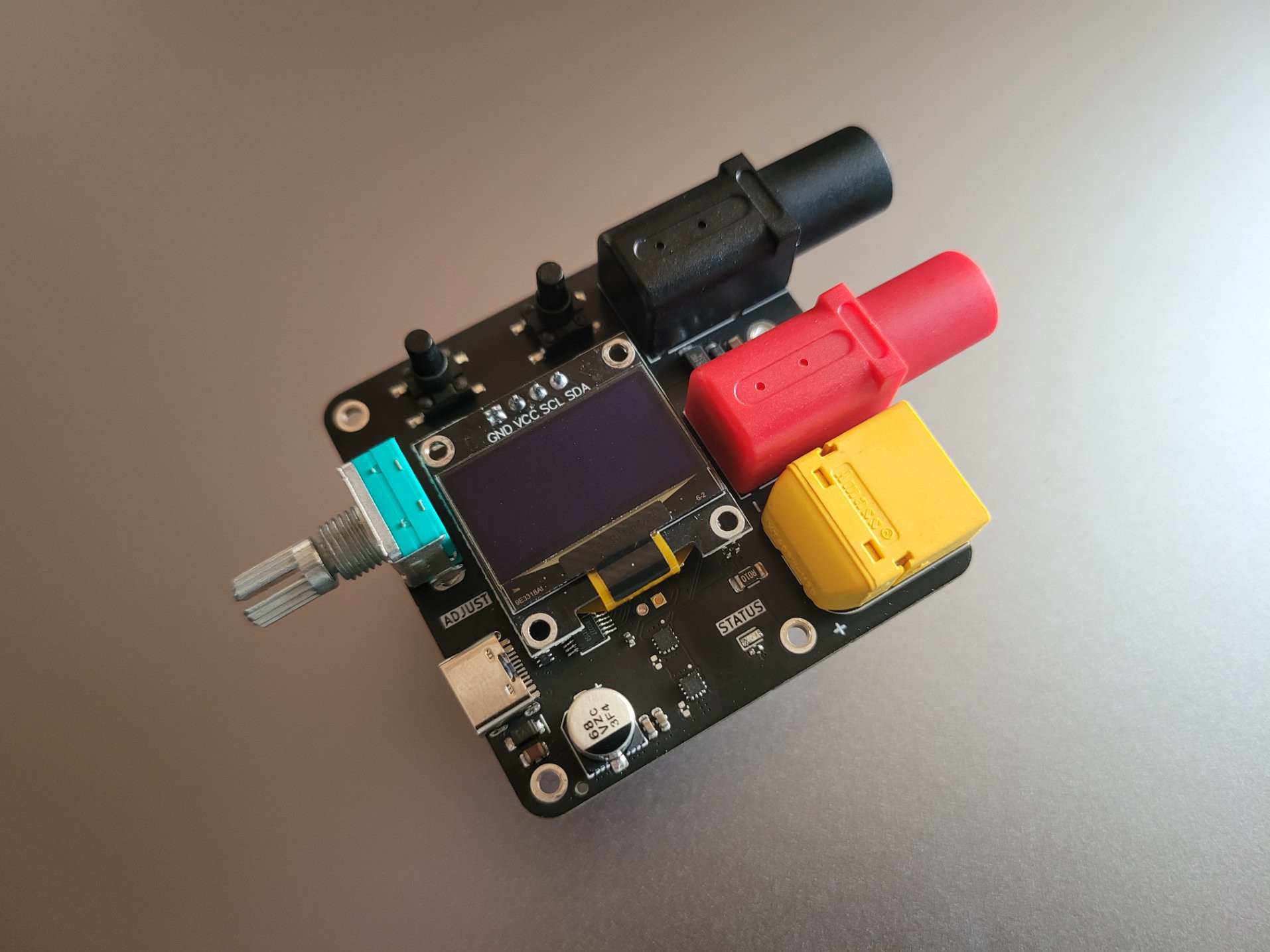
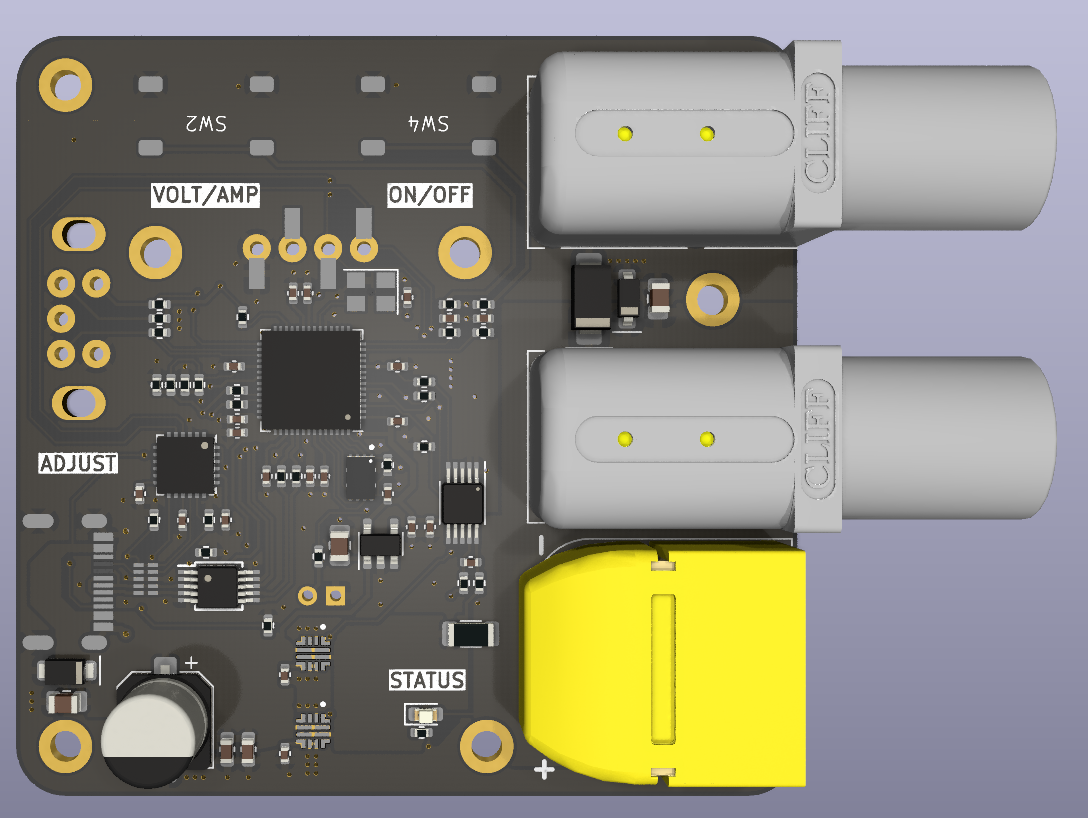
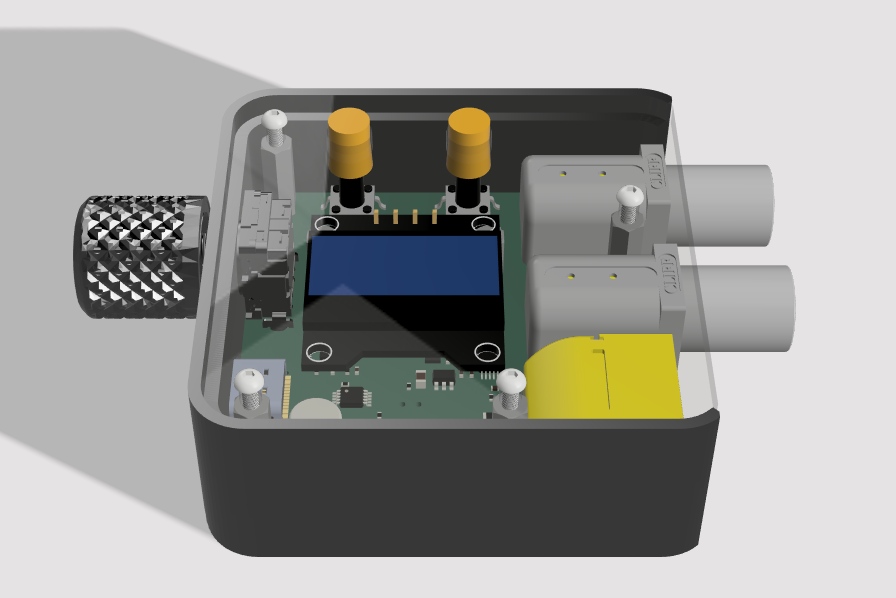
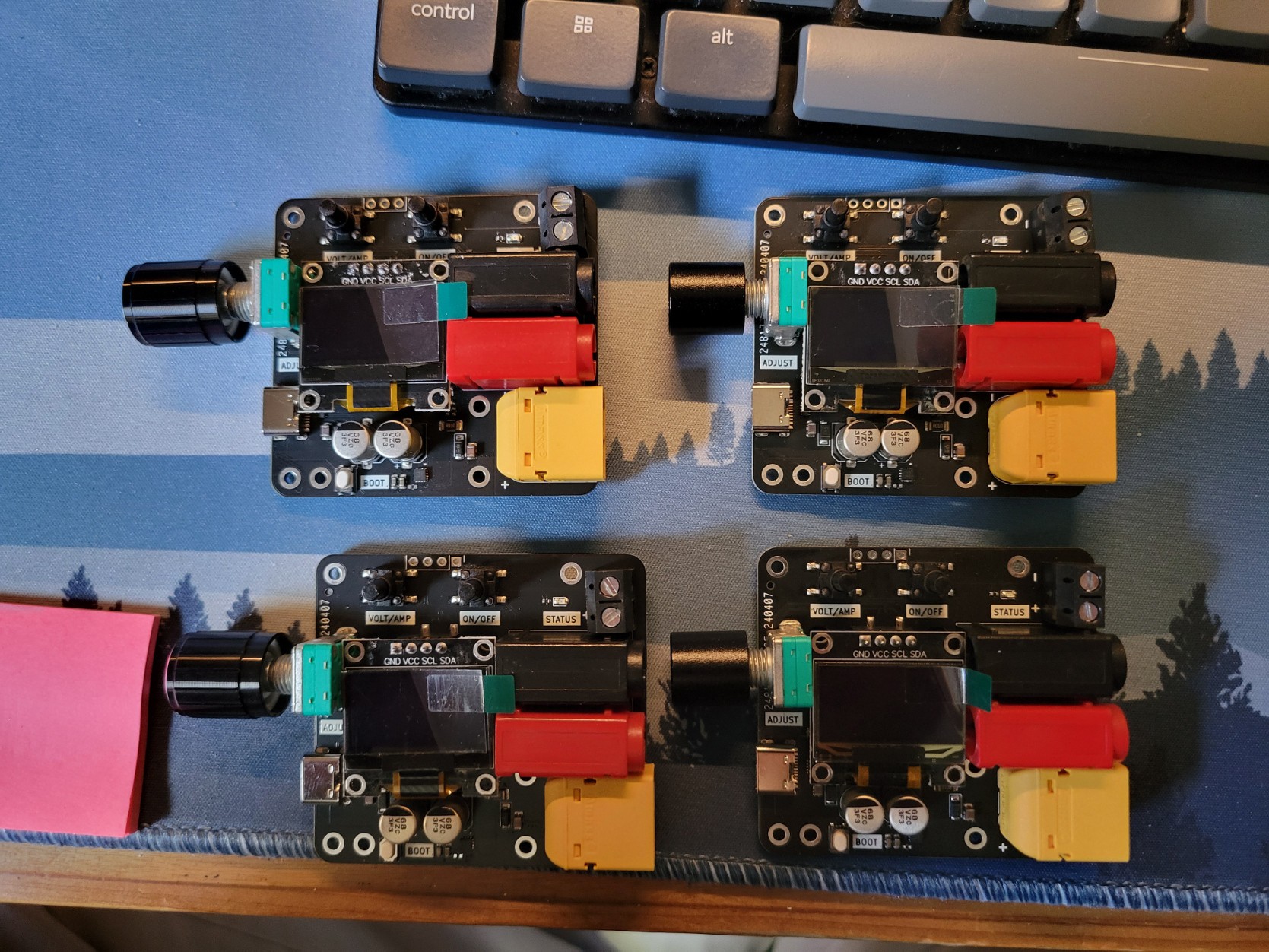
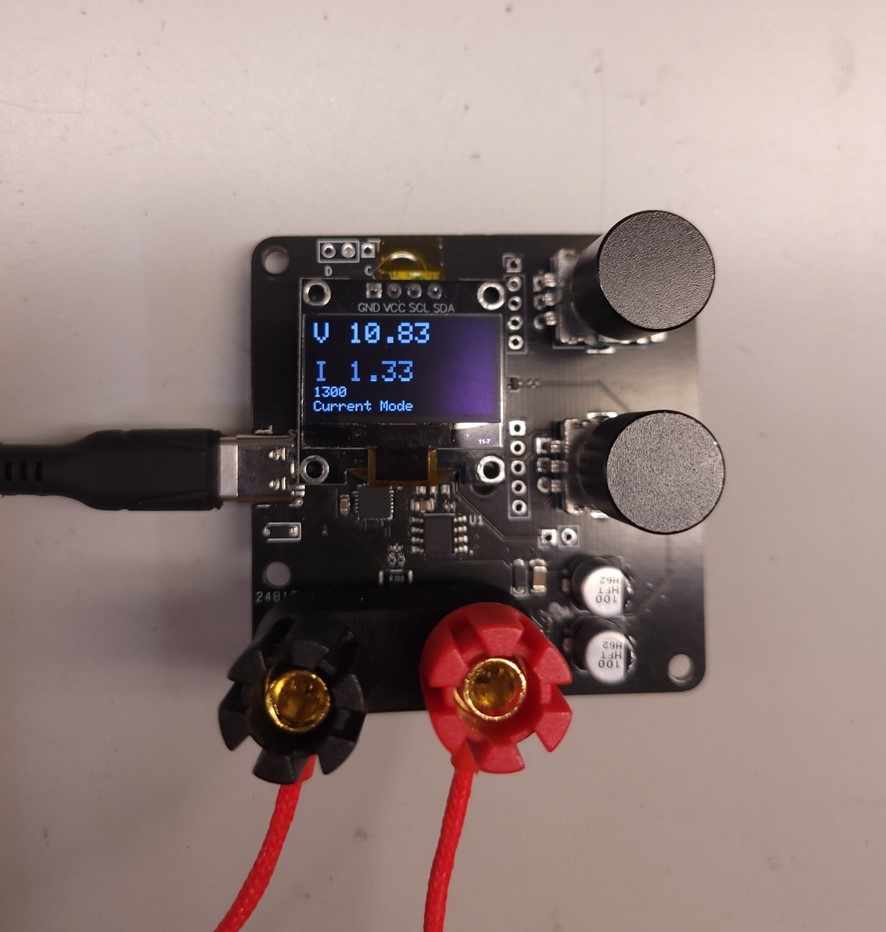





Hi, just came across your project on CrowdSupply.
I'll get one as they become available.
One question: you specify it up to 20V. The newer PPS spec goes up to 48V. Could you extend the design to go up to the max PPS voltage?
I think this would extend the usefulness and longevity of the project.